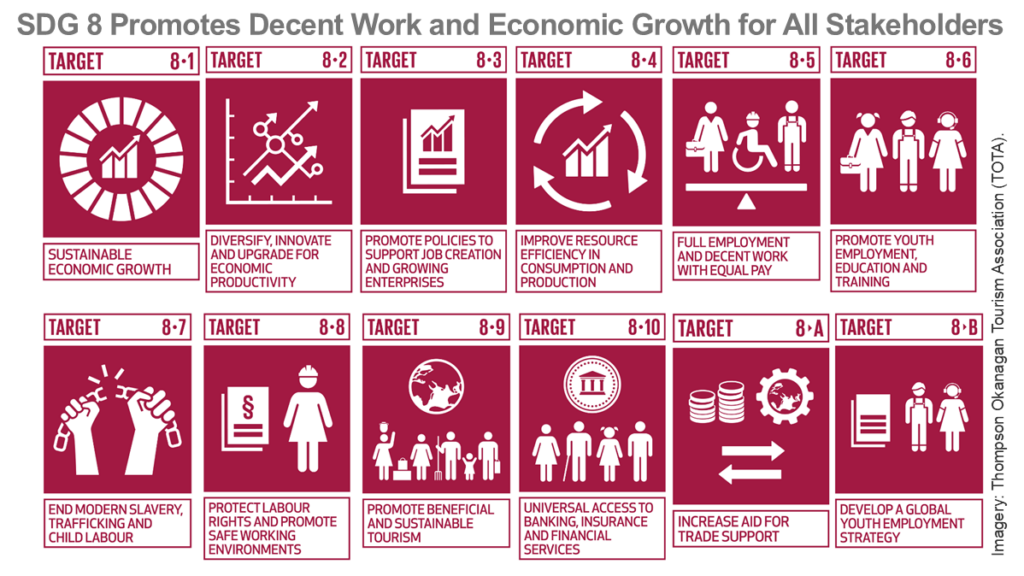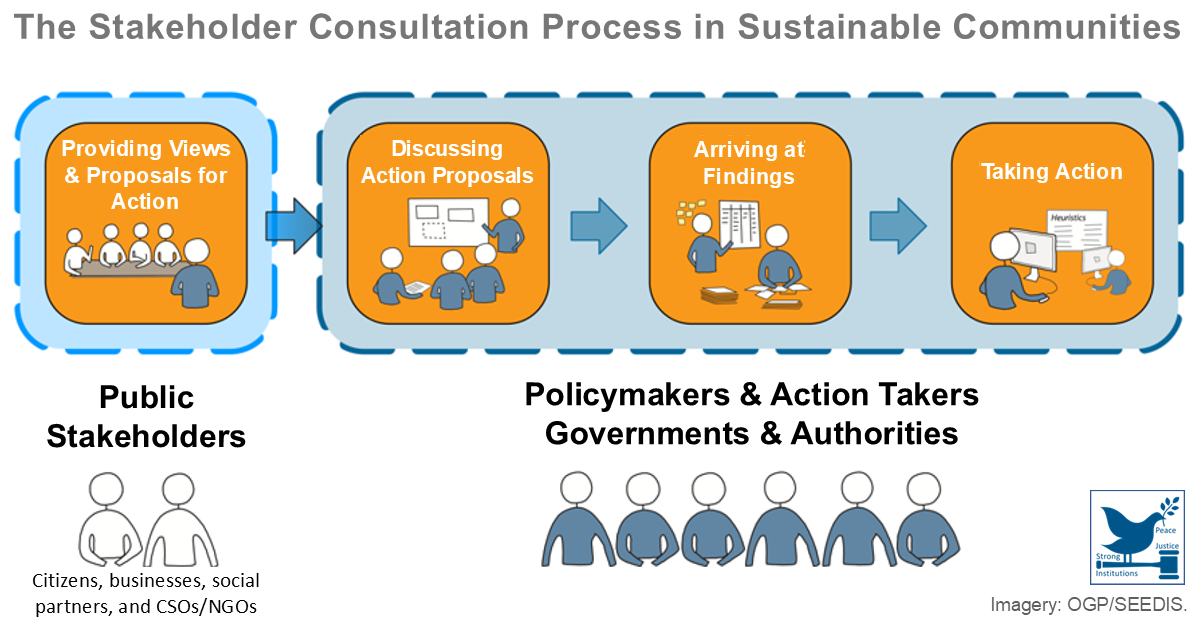Gregory Autin | April 15, 2025
It is well known that recessions have economic and social impacts, while little attention is paid to their impact on the environment and ongoing climate action. Past recessions have shown that a slowdown in economic activity and a shift in government priorities can have both positive and negative impacts on climate change and climate change mitigation and adaptation efforts and the transition towards the UN Sustainable Development Goals (SDGs). When recessions occur, governments can either build a greener economy or revert to unsustainable business-as-usual practices.
Trade tariffs pose a significant threat to economic sustainability in both the short and long term. In the near term, supply chains are disrupted, the cost for clean technologies increases, and adoption of solar power and electric vehicles is delayed. Over the longer term, trade barriers risk derailing SDG targets, stifling green innovation, and weakening the international cooperation that is vital for tackling climate change. Countries on the receiving end of tariffs – from key suppliers of solar panels and EV batteries like China and Southeast Asia – are experiencing economic strain and are forced to make tough policy choices that could hinder their own clean energy transition.
SDG 8 is the UN Sustainable Development Goal that recognizes the importance of sustained economic growth and high levels of economic productivity for creating well-paid quality jobs and achieving global prosperity for everyone. It promotes full and productive employment and decent work while eradicating forced labor, human trafficking and child labor and promoting labor rights and safe and secure work environments. It advocates opportunities for the youth who are not in education, employment and training to prevent future erosion of skills and job discouragement. It also promotes international cooperation to support growth and decent employment in developing countries through aid for trade, development policies and a strategy for youth employment.
Sources:


